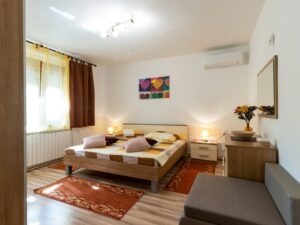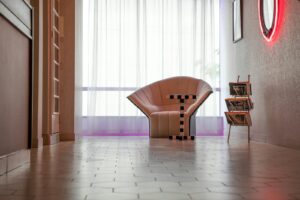Humidity affects carpets by increasing moisture absorption, which can lead to mold, mildew, odors, and premature wear. High humidity causes carpet fibers and padding to retain dampness, while low humidity can lead to brittleness and static. Controlling indoor humidity helps maintain your carpet’s longevity and appearance.
Let me tell you, carpets and humidity have a love-hate relationship—and it leans heavily on the hate side. As a flooring contractor who’s walked into damp, musty living rooms and crunchy, static-filled offices, I’ve seen firsthand how moisture in the air can mess with your flooring investment.
Whether you’re living in a coastal climate or just dealing with a swampy summer, understanding how humidity affects your carpet can save you a world of trouble.
High Humidity: A Sneaky Saboteur
When humidity levels soar, your carpet starts to act like a sponge. The fibers and padding absorb moisture from the air, and before you know it, you’ve got a breeding ground for mold and mildew hiding right under your toes.
The first sign? That unmistakable musty smell that hits you like a wet sock to the face. I’ve had clients ask, “Why does my carpet smell like an old basement?” Nine times out of ten, high humidity is the culprit.
Aside from the odor, moisture weakens the adhesive that holds the carpet to the floor, leading to buckling, ripples, and separation. It’s like your carpet is trying to jump ship.
And if you’ve got allergies or asthma in the house, buckle up—mold spores and dust mites love warm, damp environments. It’s a recipe for sneezing, coughing, and itchy eyes all around.
Low Humidity: Dry, Brittle, and Full of Static
On the flip side, when the air gets too dry—especially during winter heating season—your carpet can suffer just as badly. Fibers become brittle, leading to premature wear and fading. It’s like your carpet’s going through a midlife crisis and falling apart at the seams.
Oh, and the static? You’ll feel it every time you shuffle across the floor and get zapped by the doorknob. I’ve had customers tell me their pets avoid the carpet in winter because of those surprise shocks.
Dry air also causes shrinkage in natural fiber carpets like wool. You might notice seams pulling apart or edges curling like they’ve had one too many bad days.
How to Keep Humidity in Check
Now, just because humidity can be a pain in the neck doesn’t mean you’re helpless. You’ve got tools in your arsenal.
Dehumidifiers work wonders in muggy months. Set it to maintain indoor humidity around 40–60%—that’s the sweet spot where carpets stay happy. In the winter, a humidifier can add moisture back into bone-dry air to keep fibers from becoming brittle.
Proper ventilation is key too. Run exhaust fans in kitchens and bathrooms, open windows when the weather allows, and don’t block air vents with furniture.
And if you’re installing carpet in a basement or other moisture-prone area, don’t skimp on moisture barriers or padding designed for high humidity zones. It’s like giving your carpet a raincoat before sending it out in a storm.
Recap: Humidity’s Highs and Lows for Carpet
Here’s a quick breakdown of how humidity affects your carpet—and what you can do to keep it in tip-top shape:
Final Word: Don’t Let the Weather Walk All Over Your Carpet
Humidity might be invisible, but its impact on your carpet is loud and clear. Whether it’s creating a soggy mess or drying your floors to a crisp, the trick is to keep your indoor climate balanced. Carpets, like people, are happiest when things aren’t too wet or too dry.
If your carpet’s feeling under the weather, give me a call—I’ll help you get it back in shape before Mother Nature does more damage than she already has.





